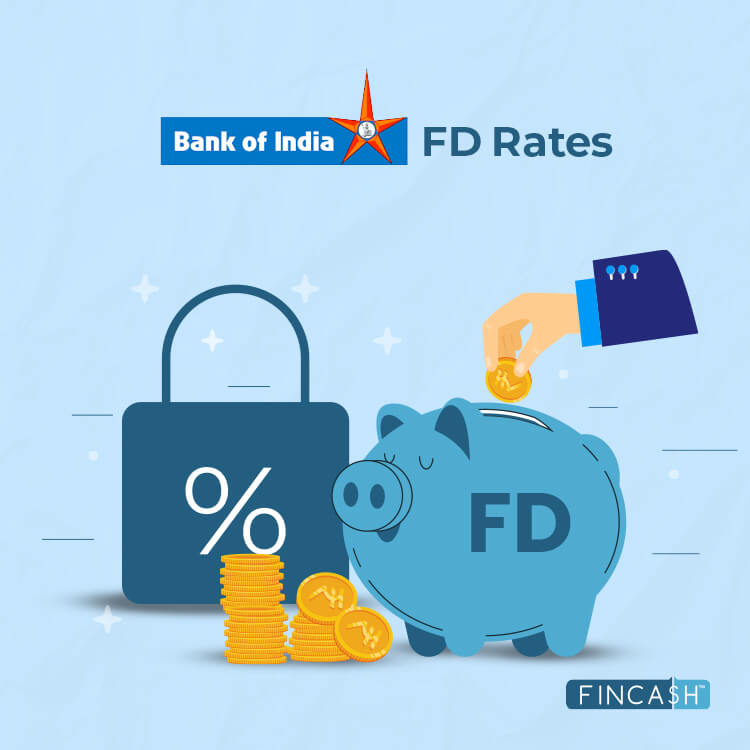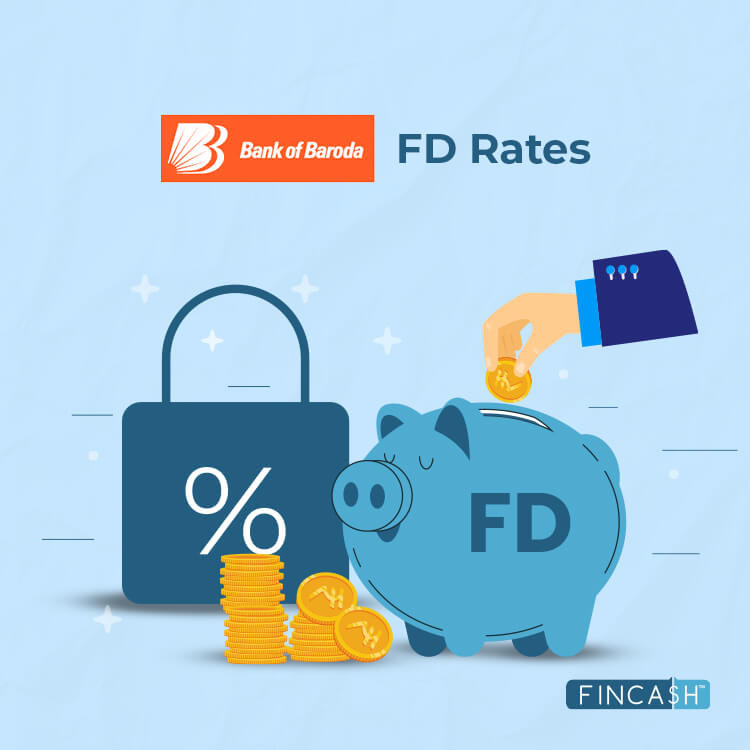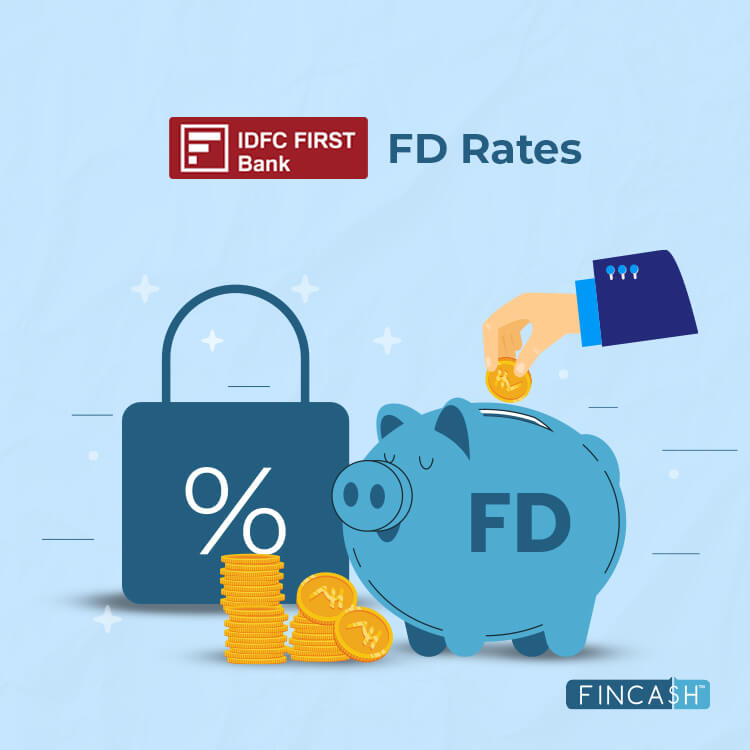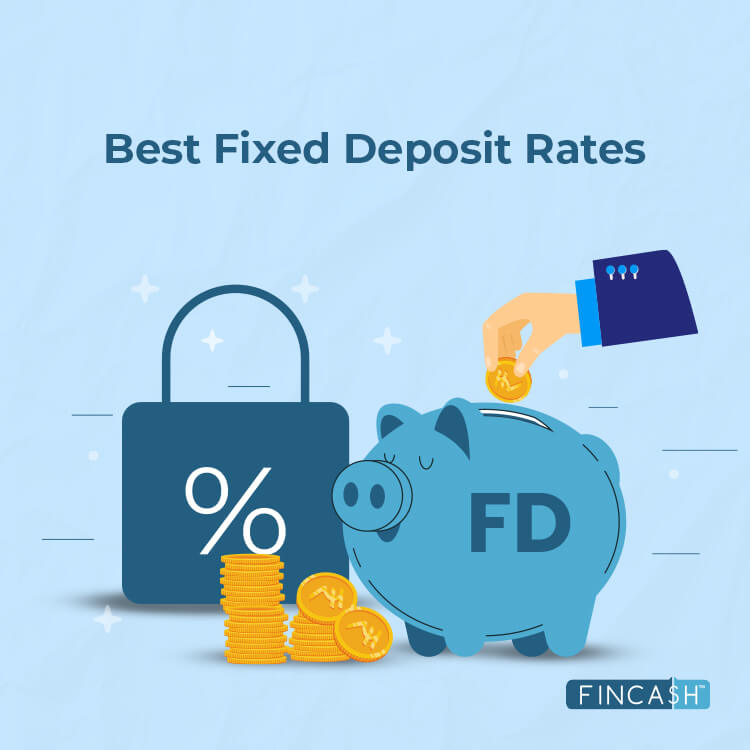Bank Rating
What is a Bank Rating?
The Reserve Bank of India (RBI) and other private companies set a bank rating for the soundness and safety of the public. This rating is applied to all the banks and financial institutions of the country. Usually, this rating comprises a numerical ranking or a grade based on the proprietary formulas.

Typically, these formulas are originated from the sensitivity to Market risks, liquidity, Earnings, management, asset quality and Capital of the bank.
Explaining Bank Ratings
Basically, the government regulators assign the sensitivity to market risks on a scale of 1 to 5. Here, 1 and 2 get assigned to those financial institutions that carry the best condition. And, having a rating of 4 or 5 indicates series issues that require either cautious monitoring and quick action.
Also, usually, a rating of 5 is given to such a bank or financial institute that can Fail in the next 12 months. The public doesn’t always get to know this rating as they are quite confidential. For this same reason, private banks also use the proprietary formula to replicate the given information.
As no rating service is similar, it is recommended that clients and investors should consult different ratings while analyzing the one for their financial institution.
Example of Bank Rating
Let’s understand more with an example here. If a company is looking at “A”, it refers to asset quality, which could require an evaluation or review of credit risk linked to the interest-bearing assets of the bank. On top of that, the diversification of the bank’s Portfolio may also be looked into.
And then comes the “M”, which stands for management. Authorities may want to make sure that the banks’ leaders have comprehended the path where the institution is headed and have made the necessary change to go forward.
Talk to our investment specialist
All of the leaders would have to visualize the possibilities by putting their banks in various context and take risks to further grow the business. And then comes the “E” that denotes earnings. Often, bank financial statements are difficult to decode in comparison to other companies, owing to their different business models.
Generally, banks get deposits from customers and pay them interest on it. To create revenue, they turn these funds to people who are looking forward to getting loans and take an interest in the loan. In the end, their profit lies between the rate they pay to depositors and the rate they take from borrowers.
All efforts have been made to ensure the information provided here is accurate. However, no guarantees are made regarding correctness of data. Please verify with scheme information document before making any investment.












